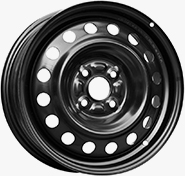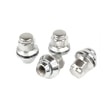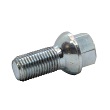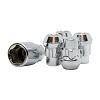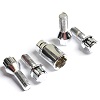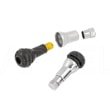A few tips on how to store rims and tires. LadneFelgi.pl
Rims are one of the car components that significantly impact its appearance. Properly storing tires and rims after the season is crucial for their durability and road safety; in fact, it's more important than many people might realize. Improper storage conditions can lead to deformation, accelerated rubber aging, and loss of handling. Proper tire storage will ensure they last for years—and you'll save money.
Preparing tires and rims for storage
Every driver knows that changing tires is an essential part of preparing for the new season. When winter arrives, we reach for winter tires, and when the temperature rises again, we switch back to summer tires. However, we often forget about one crucial issue: storage! Storing dirty/wet wheels in plastic bags is a complete disservice ; this will damage the paintwork.

Cleaning
Before storing tires, they should be thoroughly cleaned of dirt such as mud, sand, and road salt . Special attention should be paid to rims, which should be washed using dedicated cleaning agents that effectively remove deposits and brake dust residue. We recommend our proven GT ONE WHEELSHINE product. It's also worth using special preparations to protect the rim surface from corrosion and weathering. After washing, both tires and rims should be thoroughly dried to prevent corrosion and mold growth. It's also worth checking the tread condition and any damage so you can take action in time before the next season.
Choosing the right storage space

Tires should be stored under appropriate conditions to maintain their durability and performance. They should be stored in a clean, dry, and well-ventilated area, away from moisture , which can lead to mold and rim corrosion. It's also important to avoid direct sunlight, as UV radiation can cause the rubber to degrade and become brittle. Tires should not be stored near heat sources such as radiators or stoves, as high temperatures accelerate rubber aging. The optimal storage temperature is between -5°C and 25°C, and humidity should not exceed 70% . Additionally, tires must be protected from contact with chemicals such as fuels, lubricants, and solvents, which can weaken their structure and elasticity. Following these guidelines will preserve the tires' handling characteristics and extend their lifespan.

Correct packaging of tires only
Choose a large, airtight plastic bag large enough to accommodate each tire – leaf or garden waste bags are ideal. Before placing the tire in the bag, make sure it's completely dry . Then, try to remove as much air as possible – you can use a vacuum cleaner for this. After vacuuming out the air, carefully seal the bag, preferably with strong tape. This will reduce the escape of oils from the rubber compound, helping to keep the tires flexible longer. For easier transport and additional protection against dust and dirt, you can use special tire covers or organizers. However, keep in mind that these don't guarantee complete airtightness.
Tire storage methods
How you store your tires depends on whether they are mounted on rims or not.

Tires with rims: They are best stored horizontally, stacked one on top of the other (maximum four). They can also be hung on hooks, which reduces the load on the tire and reduces the risk of deformation . Avoid storing them vertically, as this can lead to deformation.

Tires without rims: It's recommended to store them vertically, side by side. To avoid deformation, rotate them 90 degrees every few weeks. Tires without rims should not be stacked or hung on hooks, as this can lead to deformation.
Additional tips
Tire Marking: Before removal, it's a good idea to mark the position of each tire on the vehicle (e.g., LP – left front). This will facilitate correct installation the following season and allow for even tread wear. The minimum permissible tire tread depth in Poland is 1.6 mm for passenger cars and vans.
Regular inspection: It's a good idea to periodically check the condition of stored tires to ensure they haven't suffered any damage or deformation. Early detection of problems will allow you to react quickly and avoid unpleasant surprises before the season begins.
Rotate storage positions: If you store tires without rims vertically, it's a good idea to gently rotate them every few weeks to avoid prolonged pressure on one side and minimize the risk of deformation. For tires with rims, if stored in a stack, it's a good idea to swap them occasionally to prevent the lower tires from being constantly stressed.
Avoiding contact with concrete: Tires should not be stored directly on concrete, as it can absorb moisture and accelerate the aging process. It's better to place them on a wooden pallet, rubber mat, or even a piece of cardboard for added protection and insulation.

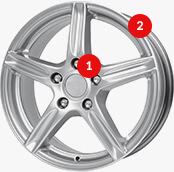

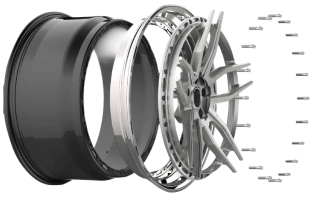
 Modern design
Modern design Perfect fit
Perfect fit High durability
High durability Free shipping within 24 hours
Free shipping within 24 hours
 Individual project
Individual project Dedicated caregiver
Dedicated caregiver